Potter County
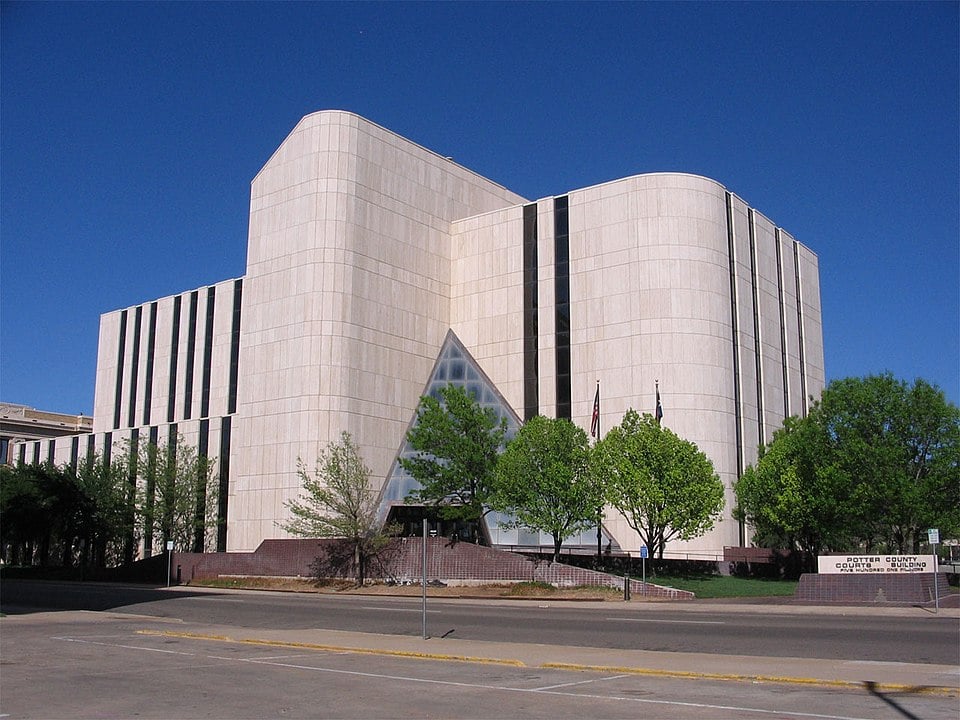
Potter County, Texas
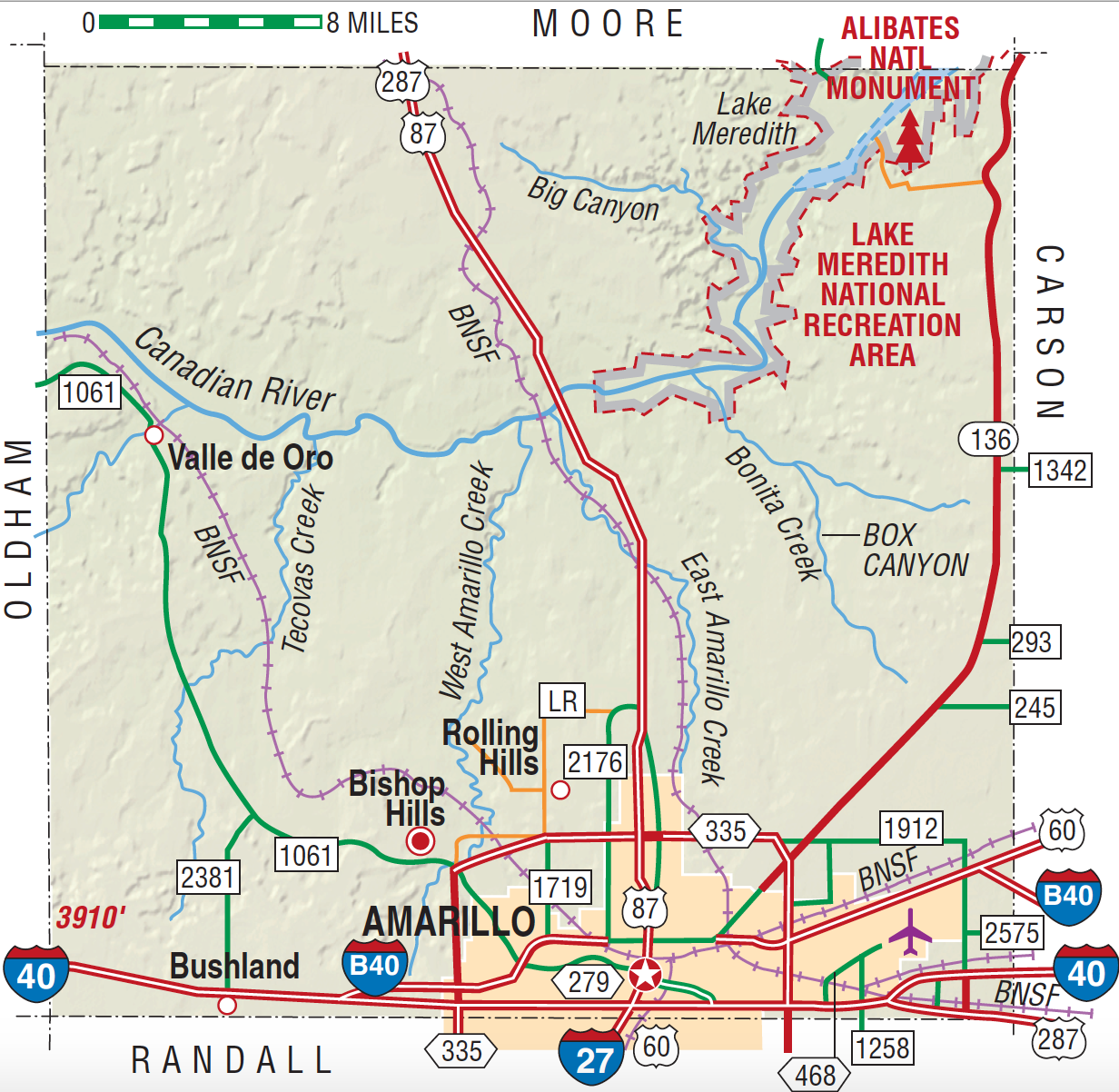
Potter County, Texas
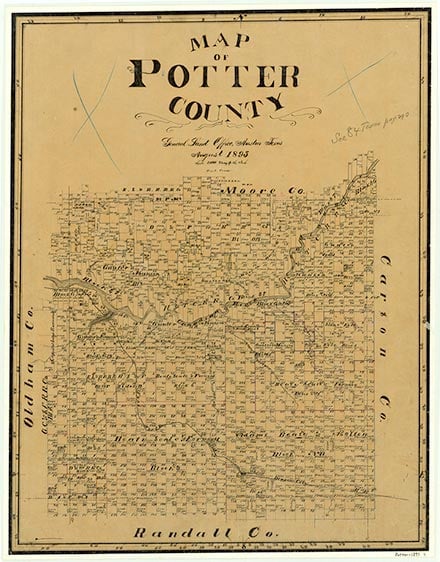
Potter County, on the High Plains of the Panhandle, is bordered on the north by Moore County, on the east by Carson County, on the south by Randall County, and on the west by Oldham County. Its center point is at 35°25' north latitude and 101°53' west longitude. Amarillo, the county seat, is on the county's southern border, about 110 miles due north of Lubbock. The county was named for Robert Potter. It comprises 902 square miles of level to rolling terrain, with elevations ranging from 3,000 to 3,800 feet above sea level. Its soils are mainly chocolate and red loams with some sand and clay. The area slopes to the Canadian River, which flows easterly across the northern part of Potter County; Lake Meredith, formed when the Canadian was dammed in 1965, extends about eight miles into the northwestern section of the county. Prairie grasses cover much of the county, and mesquite, hackberry, juniper, and scrub oak grow in the breaks. Temperatures range from an average low of 23° F in January to an average high of 92° in July. Annual rainfall averages 20.28 inches. The growing season lasts 190 days.
Evidences of pre-Columbian man in what is now Potter County have been found in the Alibates Flint Quarries, which are believed to have been worked as early as 13,000 years ago, and in Pueblo dwelling sites discovered along the Canadian River. An Apachean culture occupied the Panhandle-Plains area in prehistoric times; the modern Apaches subsequently emerged but were pushed out of the region about 1700 by the Comanches. The area was probably crossed by Francisco Vásquez de Coronado in 1541, and Pedro Vial may well have traversed the region in 1786 as he searched for the most feasible route between Santa Fe and Natchitoches. The first known Anglo-American expedition through the area was led by Maj. Stephen H. Long, who followed the Canadian River east to its junction with the Arkansas in August 1820. During the California gold rush, gold seekers passed through the area following trails blazed by Josiah Gregg in 1840 and by Randolph B. Marcy in 1849. Lt. James W. Abert and Lt. Amiel W. Whipple crossed the area during their surveys of the Canadian valley in 1845 and 1853, respectively. Comanchero traders and New Mexican pastores camped at Tecovas Springs, where the remains of a plaza are still evident. In the 1870s buffalo hunting decimated the herds that once roamed the area and forced the Indians, who were dependent upon the buffalo, to leave. In 1876 the Texas legislature formed Potter County from the Bexar District, and ranchers soon found their way into the area.
H. Allen Anderson, John Leffler | © TSHA

Adapted from the official Handbook of Texas, a state encyclopedia developed by Texas State Historical Association (TSHA). It is an authoritative source of trusted historical records.

- ✅ Adoption Status:
- This place is available for adoption! Available for adoption!
- Adopted by:
- Your name goes here
- Dedication Message:
- Your message goes here
Currently Exists
Yes
Place type
Potter County is classified as a County
Altitude Range
2915 ft – 3910 ft
Size
Land area does not include water surface area, whereas total area does
- Land Area: 908.4 mi²
- Total Area: 922.0 mi²
Temperature
January mean minimum:
23.4°F
July mean maximum:
91.4°F
Rainfall, 2019
20.4 inches
Population Count, 2019
117,415
Civilian Labor Count, 2019
52,736
Unemployment, 2019
6.7%
Property Values, 2019
$8,750,679,547 USD
Per-Capita Income, 2019
$43,945 USD
Retail Sales, 2019
$2,516,843,793 USD
Wages, 2019
$984,957,092 USD
County Map of Texas
Potter County
- Potter County
Places of Potter County
| Place | Type | Population (Year/Source) | Currently Exists |
|---|---|---|---|
| Town | – | – | |
| Town | 201,234 (2021) | Yes | |
| Town | 207 (2021) | Yes | |
| Town | – | – | |
| Town | 2,581 (2021) | Yes | |
| Town | – | – | |
| Town | 206 (2009) | Yes | |
| Town | – | – | |
| Town | – | – | |
| Town | – | – | |
| Town | – | – | |
| Town | – | – | |
| Town | – | – | |
| Lake | – | Yes | |
| Town | – | – | |
| Town | – | – | |
| Town | – | – | |
| Town | – | – | |
| Town | – | – | |
| Town | – | – | |
| Town | – | – | |
| Town | – | – | |
| Town | 31 (2009) | Yes | |
| Town | 1,000 (2009) | Yes | |
| Town | – | – | |
| Town | 39 (2009) | Yes | |
| Town | 90 (2009) | Yes | |
| Town | 250 (2009) | Yes | |
| Town | – | – | |
| Town | – | – |
Photos Nearby:
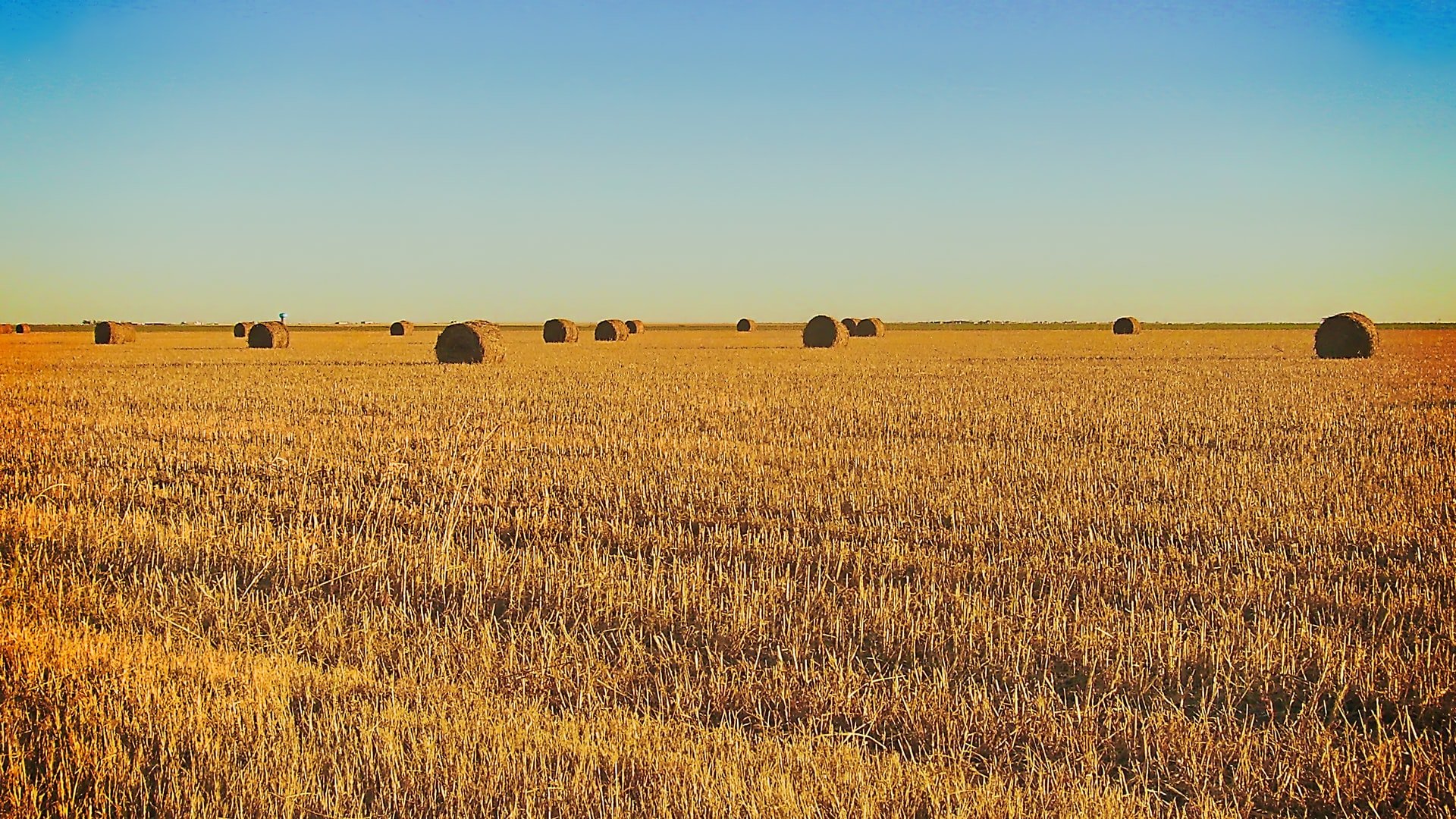
Amarillo, Texas
Amarillo, Texas Photo by K. Mitch Hodge on Unsplash
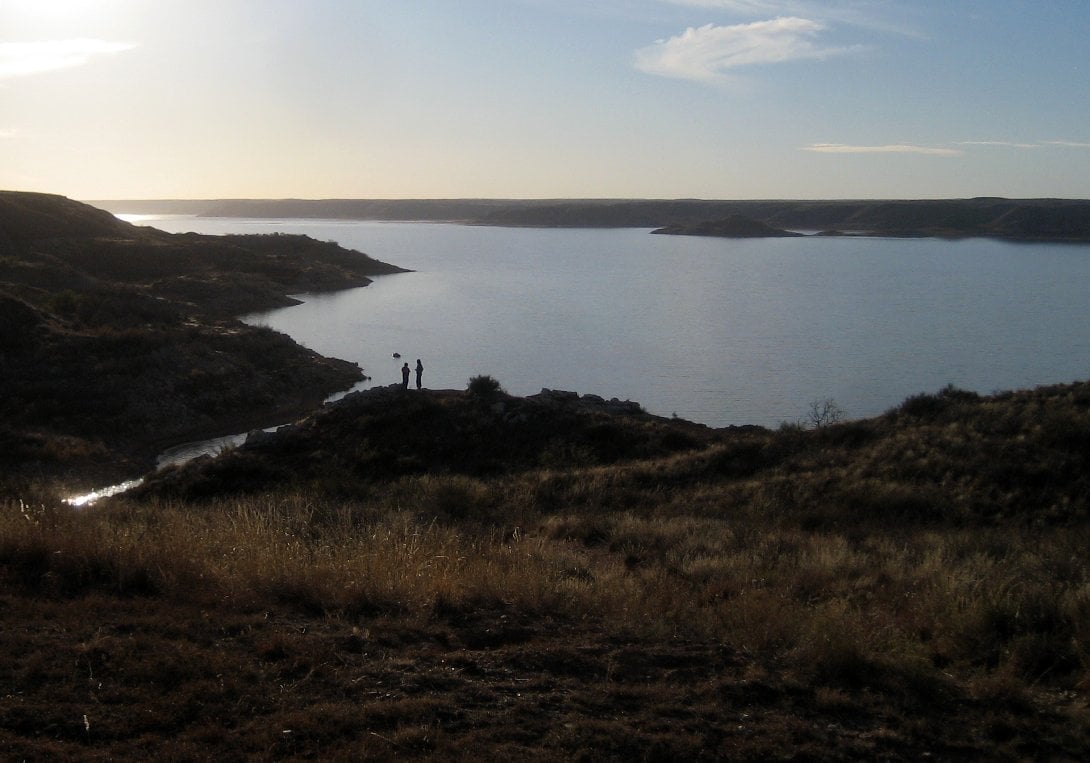
A pair of hikers near Lake Meredith
Photo by Nic5702, CC2
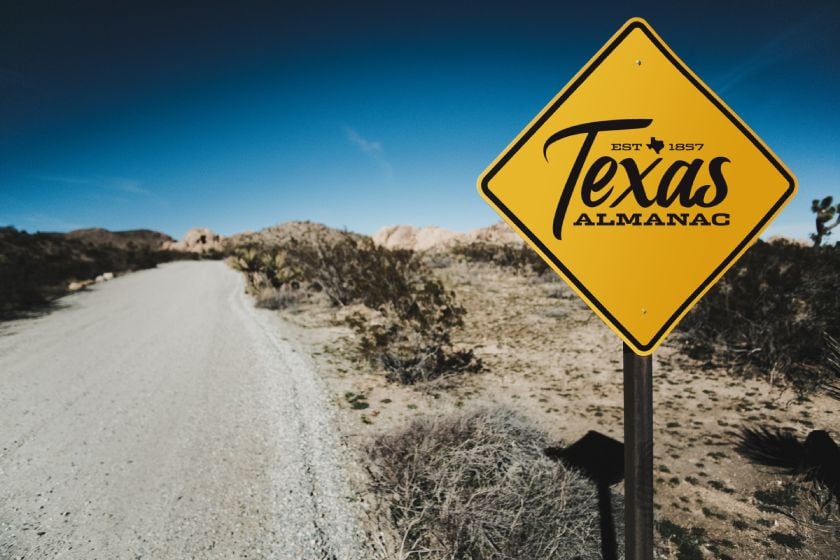
Proud to call Texas home?
Put your name on the town, county, or lake of your choice.
Search Places »
